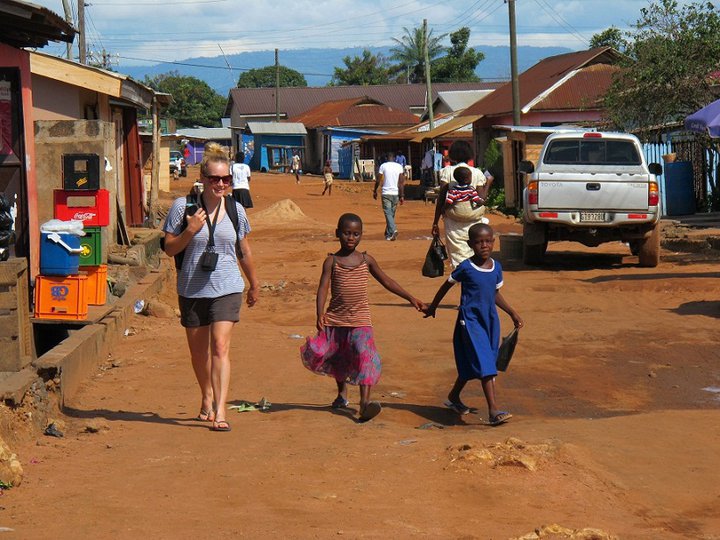
Category: Testimonial

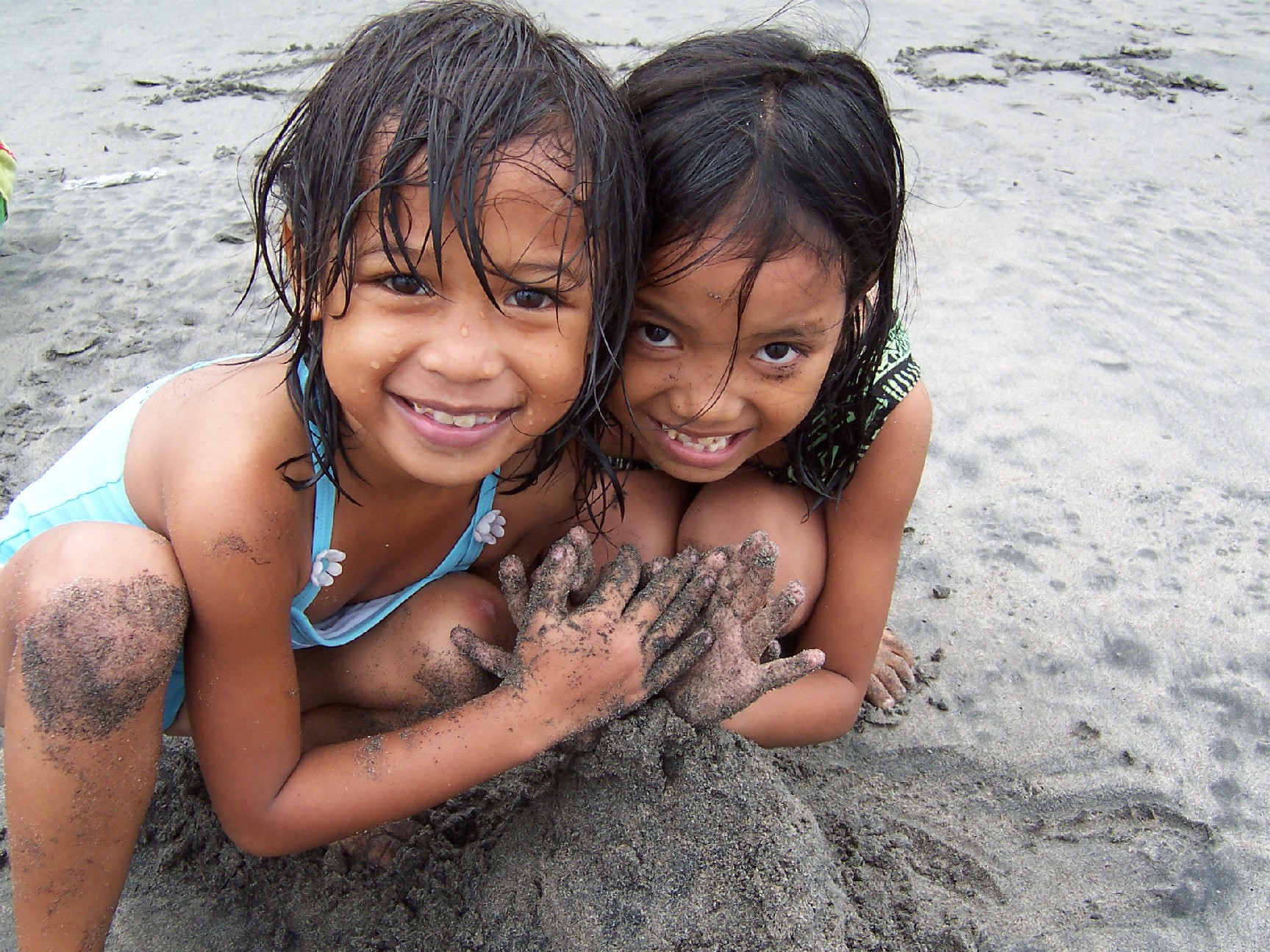
Kathryn Kirk in the Philippines
Kathryn Kirk, from Hawthorndene in South Australia, volunteered with Lisa Crannage at an orphanage in the Philippines in Tacloban City for two weeks. Kathryn wrote to us about her volunteer experience:
Dear Cosmic,
Hi, sorry it has taken me so long to get back to you about our trip. We have only been home a couple of weeks, and it has been so hectic with uni and work.
Once again I had a fantastic time and have memories that I will treasure forever. Our program coordinator Ethel was so friendly and helpful and the team over there, as well as our lovely host family went out of their way to make sure we were comfortable.
Working at the orphanage was another touching experience. The conditions we worked in were not what we had expected, however we are so grateful anyhow. At the beginning it was a huge shock because the children were in very bad health conditions i.e. extreme malnutrition, iron deficiencies, worms, head lice, tuberculosis, chicken pox, scabies etc.
So initially we were so cautious and worried about picking up something. However after a few days we adjusted and were able to help out alot by teaching the children English and math. I was so happy to see them learn and develop their skills because all of them were so far behind.
Our Coordinators were great in that they organised days off for us and took us out of the city to some beaches, and sightseeing around other islands.
I will definitely be volunteering again in the future because it gives me the opportunity to experience another culture in a meaningful way, plus I learn so much and meet some amazing people.
Thanks again Cosmic Volunteers for organising another unforgettable volunteering experience.
Photos from Kathryn Volunteering in the Philippines:



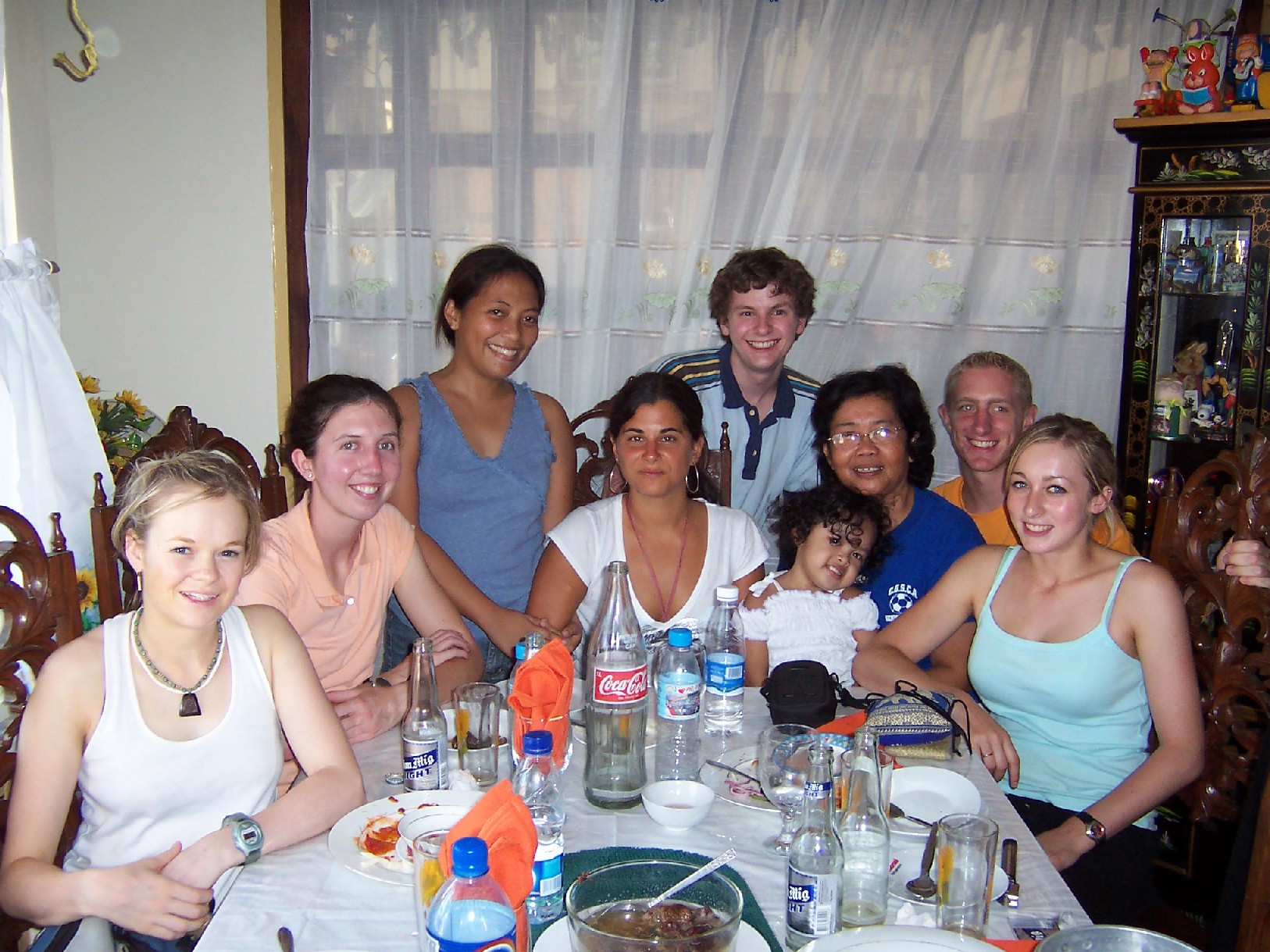

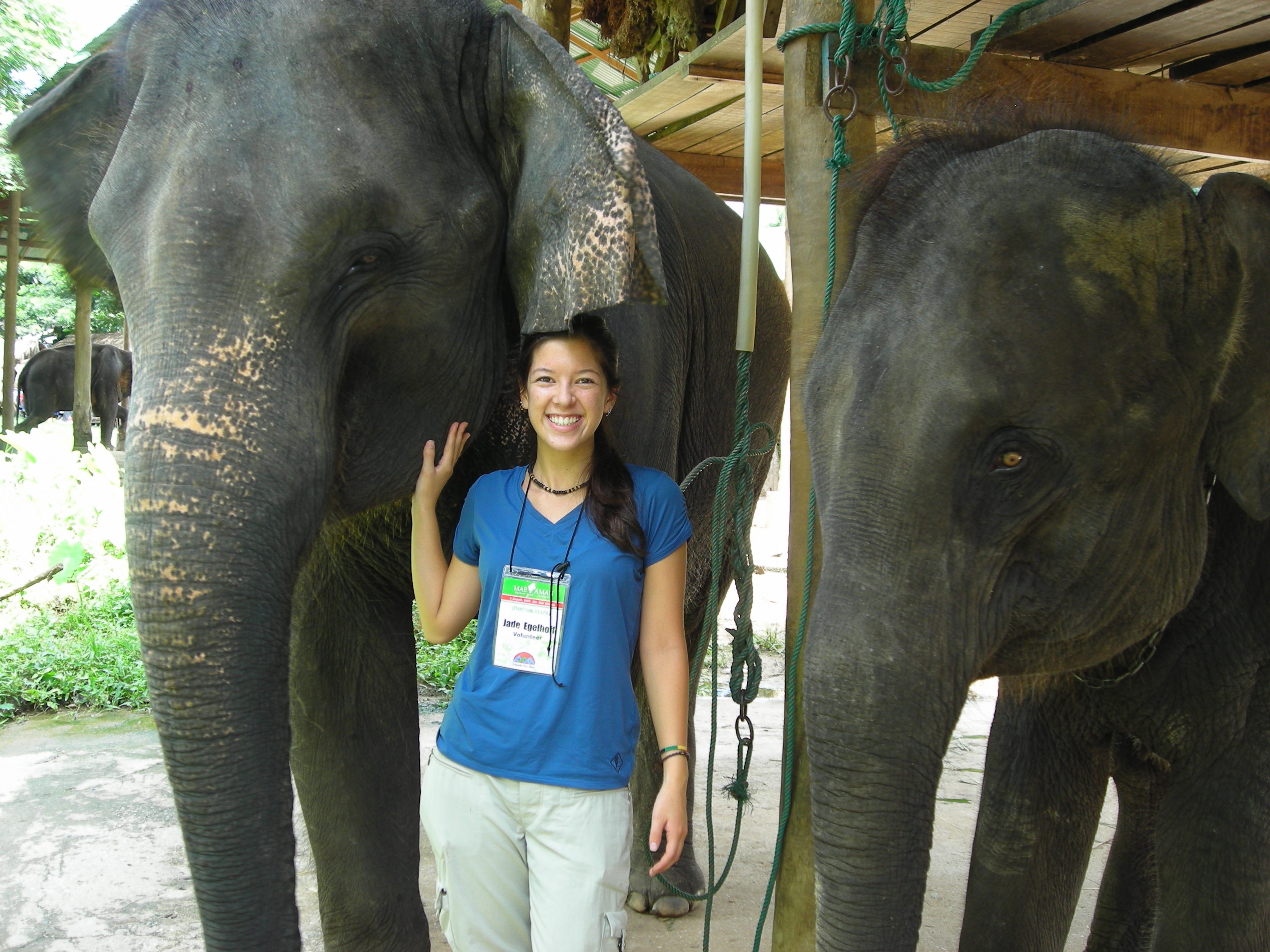
Jade at Elephant Camp in Thailand
Jade, an 18 year old from from Gig Harbor, Washington, volunteered at an elephant camp in Chiang Mai, Thailand for four weeks. She wrote to us with her feedback:
Did we do enough to prepare you for your experience?
I believe so. I recommend any future volunteers do a little bit of research before they leave, because I wish that I did.
How were your accommodations?
I loved the volunteer group house! Everyone was very nice there and Todd [our Thailand Coordinator] was incredibly fun.
How was your volunteer work?
The elephant camp was AMAZING. Once I settled in I didn’t want to leave! The people were very welcoming and went out of their way to make me comfortable and happy.
How was your local Coordinator?
Todd was beyond my expectations. Scott from Cosmic Volunteers was also so incredibly helpful.
Did you have any illnesses or injuries?
None at all.
What was the best part of the experience?
Having the chance to work with the elephants. I did some first-aid, taught lots of English, and rode elephants everyday. The rides through the jungle were the best.
What was the worst part of the experience?
I think having my money taken was the most negative experience, and it actually wasn’t that bad. I was a little bummed at first, but I figured something to that effect would happen. Scott and Todd handled the situation beyond my expectations.
Would you be willing to email or talk to future volunteers about your experiences?
Absolutely, I would love to.
Any other comments?
I love Thailand and I want to thank you for the chance to go on this trip! I am definitely going to return.


Emma Murray Volunteers in Guatemala
Emma Murray wrote a blog about her volunteer experience in Guatemala. She spent two weeks helping to build a house in a village outside of the city of Antigua.
Here is an excerpt from her blog:
Day 15 – Last Day
Bittersweet endings seem to cling to me. It’s a pattern of occurrence I cannot seem to shake off.
We cranked out half of the house today in compensation for the time we lost waiting for materials earlier this week. At the end of the day our coordinator brought us cake and drinks to share with the family and to celebrate a long and hard week we endured to bring them this house.
It was sad to say goodbye to the family. To Hugo and Elivia, the little children. To the kittens born a couple days ago in the barn house. To the crazy uncle that would always come up to me and say “Whaaaa tyyme izit!!!!!” no matter how recently he had just asked me. To the kind grandmother that sewed my pants (I brought her a traditional cake bread the next day in thanks, and to my horror as soon as I handed it to her I realized that she had no teeth…. I don’t know how she ate it).
And to the masons especially. They were so patient and understanding. I learned so much. Who knew I could build a house?!
I leave for the airport soon. In the 25+ hours of travel I’m sure more eloquent words will come to mind, but for now I’d like to give everyone that I have met a giant hug.
I realize that they have all shaped this adventure in their own way. However trivial or large, my new experiences would have been nothing without the people that created them.
Emma Murray (USA-Germany)
House Building Volunteer, Guatemala
Jason Mar Volunteers in Peru
Jason Mar, a high school student from Irvine, California, volunteered at an orphanage in Peru this summer for two weeks with Cosmic Volunteers. Jason wrote several blog posts about the experience:
Peru 2011: Overview
August 30, 2011
Thoughts, Experiences, Comments
“Don’t tell me what a man knows, don’t tell me what he says, tell me where he has traveled.” -Anthony Bourdain
Going to a city like Lima and living with a local family instead of living in a hotel is a much better way to experience the culture and daily life of the people. It was certainly an unique experience that I will always remember.
Coming from Irvine, there is a huge huge difference. The clean, organized streets; the hot water; the speed and availability of Internet. At first, these problems were troublesome as there was not hot water for the shower but a slow stream of tepid water (not nearly warm enough for the temperatures in Lima). It was just 5 minutes of quick showering and shivering every other day.
After a few days, I began to realize all the excess and luxuries that we have in the United States are not necessary to living comfortably, especially after volunteering at the orphanage. I was very comfortable in Peru and hope to go there again to visit Machu Picchu.
I adapted well and had a great time there volunteering at the orphanage and learning about Peruvian culture. I would certainly recommend going to Peru and living with a host family. It is a good way to truly learn about Peruvian tradition, and in fact, any culture.
Things I learned:
How to sweep efficiently
Being a pro veggie cutter/peeler
How to count in Spanish
Some phrases for daily use
Typing faster (limited Internet)
PERUVIAN CULTURE
Appreciation for things I took for granted
Advice for volunteering in Peru in the winter:
Bring heavy clothing. I wore 2 t-shirts and 2 hoodies everyday. I would have brought something thicker but I did not expect it to be that cold.
Bring gloves to work.
Going with Cosmic Volunteers was great. The Director Scott Burke was helpful and concerned throughout my entire trip before and after. Celia my Coordinator in Peru was knowledgeable and taught me many facets of Peruvian culture and history. The host family was accommodating and ensured my safety and comfort while I was in Peru.
-Jason
Peru 2011: Volunteer
August 30, 2011
Orphanage
Arriving on a Tuesday, I set up my schedule to work at the orphanage. I chose to work at the boys’ orphanage from 9:30 to 5:00 on weekdays. There is also a girls’ orphanage if one decides to work there. The orphanages are located in different areas but are about the same distance from the host residence.
There is a lady in charge of both orphanages that welcomes volunteers. On the first day, Celia showed me how to get there and introduced me to the lady in charge at the boys’ house.
When I was there, the kids had already started school so tasks may be different.
Daily tasks include:
1. Sweeping inside and outside the house. This task takes about 1 hour to thoroughly sweep up the dust and trash.
2. Dicing vegetables and peeling potatoes. This takes about 30 minutes depending on the amount of help she needs. Most of the time, someone else comes to help with the cooking.
3. Sweeping/drying the water from the rooftop. Takes about 2 hours. Even though it did not rain in Lima, somehow the roof would be wet everyday. There are no mops so the only way to dry the roof is to suck up the water with a towel and dry it with your hands. GOOD ADVICE: Bring gloves. and shoes that are waterproof.
4. After I was done with that, the kids arrived (about 1:00pm). We set up the dining table and we ate lunch.
5. After lunch, we played with the children and helped them with their homework. Because I did not know any Spanish, helping was considerably harder. However, with a dictionary, translating was made easier and since the homework was not very difficult, helping was easier than expected
Work on the first day was difficult as they did not have any volunteers at the boys’ orphanage for a long time which meant that the place was very dirty. The first day was pretty much a “clean the entire place with soap and water” day. Other than that, everyday afterwards followed the schedule above.
-Jason
Peru 2011: Food
August 29, 2011
Peruvian food seems like a fusion of native tastes, Chinese styles, and European influences. There is almost always rice and maize which is a staple in Peru.
The Chinese influence comes from the Chinese that immigrated during the 1800’s to work in Peru. Many cooks use a wok in Peru which gives the food a distinctive taste. The food is a bit on the heavier side but is very tasty.
Here is Inca Kola. It is the only drink in the world to beat Coca-Cola sales (in Peru). It has a bubblegum like flavor. Very similar to Ramune; but with less fizz.
Here is Bembos. Fast food chain in Peru. It serves some unique tasting burgers. Pretty good however expensive considering meal size.
Pisco Sour. Origin of drink is debated. (Peru and Chile)
Typical Peruvian dish. Rice, potatoes, chicken.
Peru 2011: Transportation
August 29, 2011
There’s many ways to get around in Lima but the most common is by taxi and bus.
As I’ve said before, the traffic and driving in Lima is hectic.
The first thing that caught my attention was the driving. Oh the driving. The roads are dangerous and it seems like every driver competes to get ahead of each other. There’s endless honking and swerving. Luckily, the roads are congested and the cars in Lima rarely reach a high enough speed to cause serious accidents. Don’t get me wrong, I’m not saying that Peruvians are bad drivers. In fact, they have a good sense of space and can squeeze through the tightest spots. It’s just that road rules and right of way for pedestrians seems to be non-existent.
The buses and taxis are both very old and you can see and smell the pollution.
There is only one form of public transportation owned by the city and it takes passengers long distances across the city using the highway. All other forms of transportation such as microbuses and taxis are privately owned. The urban transport system is composed of over 652 transit routes which are served by buses, microbuses, and combis. The system is unorganized and is characterized by the lack of formality. The service is run by 464 private companies which are poorly regulated by the local government.
Micro Buses or Combi Vans are small vans often packed full of people.
There are also medium and large buses, they operate the same as the micro buses but tend to be a little slower and are possibly safer.
On the side of every bus or van you will find written the names of the major avenues it travels along, also the conductors generally lean out the door of the bus yelling the names of its destinations. If this doesn’t make sense, ask the conductor.
Using the buses is a cheap way of transportation as riding it only costs 1 sol. (about $0.37)
Taxis are more expensive and require negotiation for a ride as taxis in Lima do not have a meter. Traveling around the districts of Lince, Miraflores, San Borja, San Isidro, and Barranco is about 5 to 7 soles. ($1.80 to $2.60)
When I was in Lima, I traveled mostly by taxi as it is faster and easier. The buses stop very quickly which gives only a small window of time to get on or get off.
When in a taxi or bus or generally public places, I was warned to lock the door and not show any cash or take pictures/get out my cellphone/show technology (okay in the more upscale districts).
First impressions from the plane:
As the plane descended into Peruvian airspace, there was a layer of thick cloud set against an endless range of mountains. Breaking through the clouds, there were densely packed shantytowns with huts made from crudely constructed brick and mud and a multitude of other materials. The road was not even paved.
Of course, not all of Lima is living in sub-standard conditions but this was the first time I had seen housing like this in real life. Before, I had only seen houses like these in the news or in movies and it was definitely a huge difference seeing it for myself.
I have seen the countrysides of rural China and Taiwan but the culture shock that I got from just looking through the windows of the plane was more significant than what I had previously witnessed.
The neighborhoods around the airport are the most densely-populated districts of Lima. They lie in the northern and southern ends of the city, mostly composed of Andean immigrants who arrived during the mid and late 20th century looking for better living standards and economic opportunities.
Weather
It was pretty cold in Lima (winter in August), colder than I had expected. The weather forecast said around 65 degrees but it felt like low fifties thanks to the humidity.
On the roads of Lima
The first thing that caught my attention was the driving. Oh the driving. The roads are dangerous and it seems like every driver competes to get ahead of each other. There’s endless honking and swerving. Luckily, the roads are congested and the cars in Lima rarely reach a high enough speed to cause serious accidents. Don’t get me wrong, I’m not saying that Peruvians are bad drivers. In fact, they have a good sense of space and can squeeze through the tightest spots. It’s just that road rules and right of way for pedestrians seems to be non-existant.
Host Family
For the duration of the stay, I resided with a host family (Lozano). The living conditions were quite comfortable and it was very close to the districts of San Isidro and Miraflores.
The upscale San Isidro district is the city’s financial center. It is home to many prominent figures such as politicians and celebrities. It is also where the main banks of Peru and branch offices of world banks are headquartered. San Isidro has many parks, including Parque El Olivar, which has olive trees that were brought from Spain during the seventeenth century.
Miraflores has many luxury hotels, shops and restaurants. Miraflores has more parks and green areas in the south of Lima than most other districts. Larcomar, a popular shopping mall and entertainment center built on cliffs overlooking the Pacific Ocean, featuring bars, dance clubs, movie theaters, cafes, shops, boutiques and galleries, is also located in this district. Nightlife, shopping and entertainment also center around Parque Kennedy, a park in the heart of Miraflores that is always bustling with people and live performances.
Lima
August 15, 2011 to August 28, 2011
Volunteering in Peru was the highlight of my 2011 Summer. Traveling to a foreign country with little knowledge of the language and culture, I was anxious and curious of what I would see and do in the capital of Peru.
I chose to go with Cosmic Volunteers and I couldn’t have chose a better organization. Founded in 2001 by Scott Burke, Cosmic Volunteers is a US-based, non-profit charity that organizes and manages volunteer programs in 15 countries in Asia, Africa, and Latin America.
I chose to volunteer for a duration of 13 days in the orphanage program. I selected this program as the description included cooking, cleaning, and teaching children English. Other programs offer only cooking, healthcare, or teaching but this program is the complete package.
Initially, I was still unsure of going on this trip because of safety (slums, thieves) especially since I did not know how to speak Spanish, only understanding a few phrases. However, Scott; Celia, the local coordinator; and the host family were very helpful and knowledgeable ensuring my comfort and safety in Lima.
Check out the Facebook page for Cosmic Volunteers here.
-Jason
Jason’s Photo Album:
[ngg_images source=”galleries” container_ids=”32″ display_type=”photocrati-nextgen_basic_thumbnails” override_thumbnail_settings=”0″ thumbnail_width=”240″ thumbnail_height=”160″ thumbnail_crop=”1″ images_per_page=”20″ number_of_columns=”0″ ajax_pagination=”0″ show_all_in_lightbox=”0″ use_imagebrowser_effect=”0″ show_slideshow_link=”1″ slideshow_link_text=”[Show slideshow]” order_by=”sortorder” order_direction=”ASC” returns=”included” maximum_entity_count=”500″]
Yuki Sakurai Volunteers in India
Yuki is a management consultant in Tokyo and a USC alum. He just returned from volunteering at an orphanage in Tuni, India.
Yuki’s reflections on the trip:
My stay at the Orphanage in Tuni, India was an enlightening and eye opening experience.
Being a business person in Japan, I was worried at first if I could be at any help to the Orphanage or the kids who are there, especially with my schedule only allowing me to stay with them for about a week.
However, after arriving at Tuni, the BIG smiles on the kids blew away all of my worries. The kids (orphans) are not what you may expect in the States or Japan; they are totally energetic and hungry for learning!
Although my short schedule required me to prioritize issues to work on, I was able to give them all the love and education possible.
(My goal for the week was to have the kids understand roman numerals; I think they were able to get it on the last day).
My take-away from this experience is that, with India rapidly growing, education and care for children is becoming a large commodity but supply is not catching up with demand and every little bit counts; this is not just the case with the Orphanage but my impression of the general community.
The Orphanage is still in its baby stages and the owner is someone looking straight at the kids; doing everything they can for their welfare. Hopefully I can work around my schedule and plan another (and longer) stay there again to help out with the growth and sustainability of the orphanage.

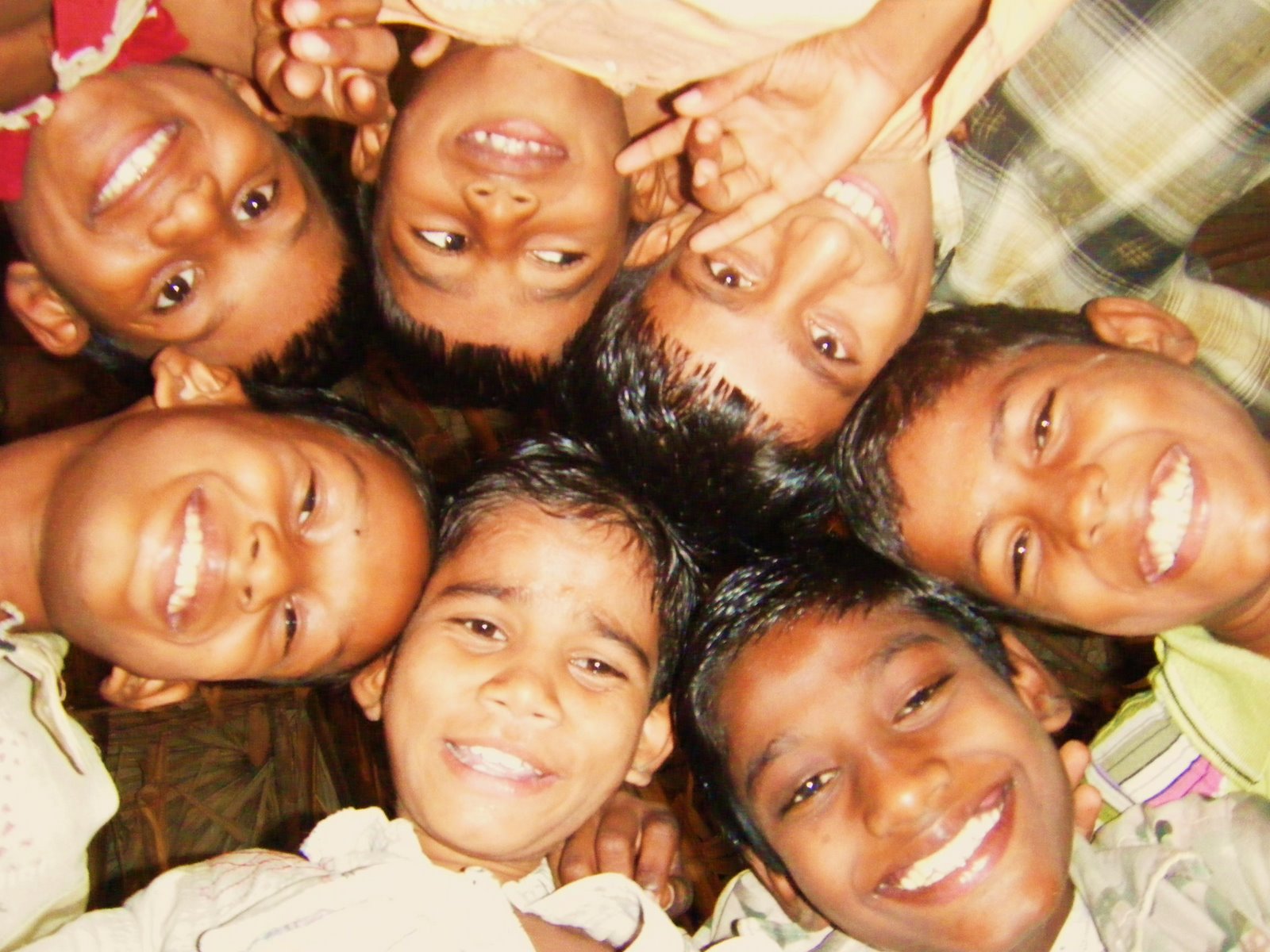
Mike Reeder Volunteers in India
Mike Reeder, a secondary-school teacher from Minnesota, joined our volunteer program for orphans and street children in Mumbai, India in the summer of 2006.
Mike recently sent us some thoughtful comments and photos about the experience:
Was our Volunteering Handbook for India helpful in preparing for the journey?
The guide was extremely useful and very detailed. It gave a thorough insight to what I could expect when I arrived. The “miscellaneous tips and information” section was very practical information to include. A section I thought was unique but a great idea to include was the “recommended reading” section. The last page with its closing thoughts I enjoyed reading several times.
Did you find the local Project Coordinator to be helpful?
She was extremely helpful, and I would add helpful to the point of being indispensable. I appreciated her checking in with me to see how I was doing and if there were things I needed.
How was the experience of living with a host family?
I thought it provided a genuine way to experience Indian life and culture. They were helpful in showing me parts of the neighborhood and where I could get things I needed.
Were you able to do any sightseeing on your recent trip?
Whitewater rafting at Karjat; flying to Delhi and then taking a train to Agra to see the Taj Mahal and other monuments there.
Has volunteering abroad changed you in any way? Would you volunteer again?
This is the third time I have volunteered abroad. Each time brings new experiences and new things I learn about myself as I push myself beyond my typical comfort zone. I absolutely would do it again.

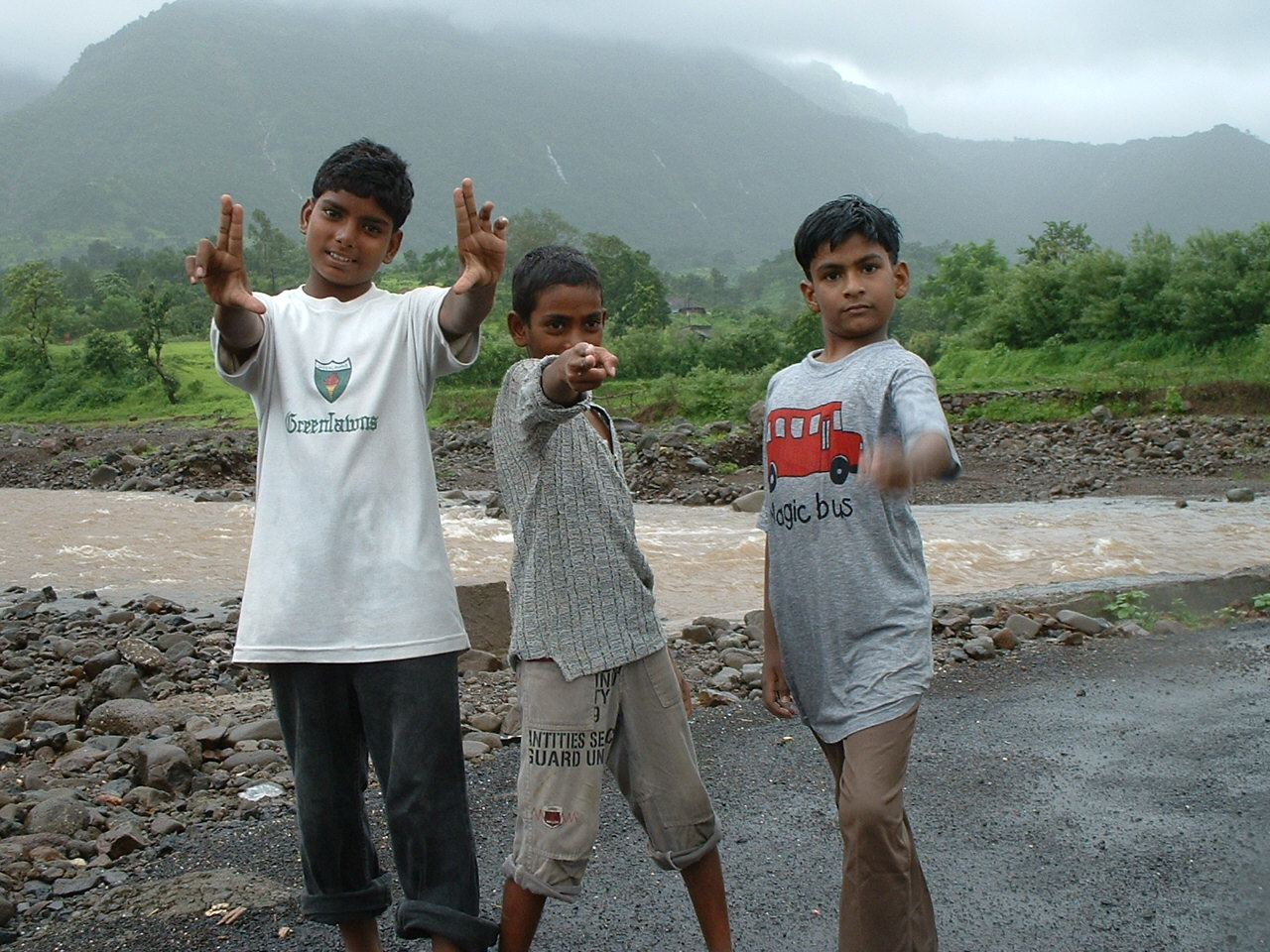





Waverly Dolaman Volunteers in India
Waverly Dolaman, from Arlington, Virginia, participated in our 28-Day Cultural Tour in Bangalore, India in August 2006. She wrote to us recently about her experience. There is a snippet below.
I had an amazing time on my recent volunteer trip to India. Below please find my responses to the volunteer questionnaire.
Pretrip Guide
The pre-trip guide was extremely helpful. The most useful part of the guide was the packing list because it covered all of the important things to bring. W
Program Outline
While some of the activities of the program were conducted in a different order than listed on the website, the website outlined the entire program accurately.
Project Coordinator
The local project coordinator was great! She answered all of our questions and conducted a daily morning meeting to go over the activities for the day.
Sightseeing
A large component of the cultural tour included visits to sightseeing sites in South India. The most enjoyable places that I visited were Hampi and Mamallapuram. Hampi had amazing ruins and Mamallapuram was great because I went to the beach and did some shopping.
Do you believe the experience of volunteering abroad changed you in any way? Would you volunteer again?
Volunteering abroad gave me a greater understanding of India. The conversations and one-on-one interactions that I had with people provided me with firsthand insight that I could not get from any book. I have a great sense of accomplishment after completing my volunteer project and truly believe that the people I helped appreciated my efforts. Finally, volunteering made me extremely grateful for all the gifts that I have been given in life and reminded me of how lucky I am. I would certainly volunteer abroad again with Cosmic Volunteers because it is a great way to gain exposure to another culture while helping those who are less fortune.
